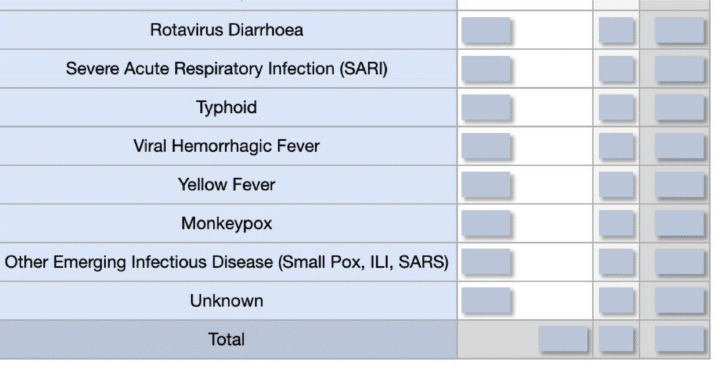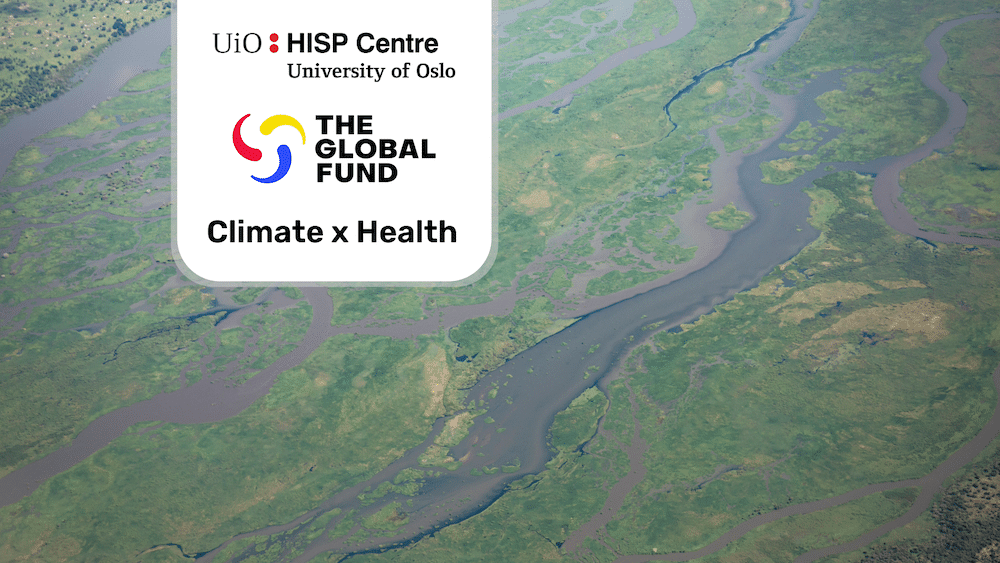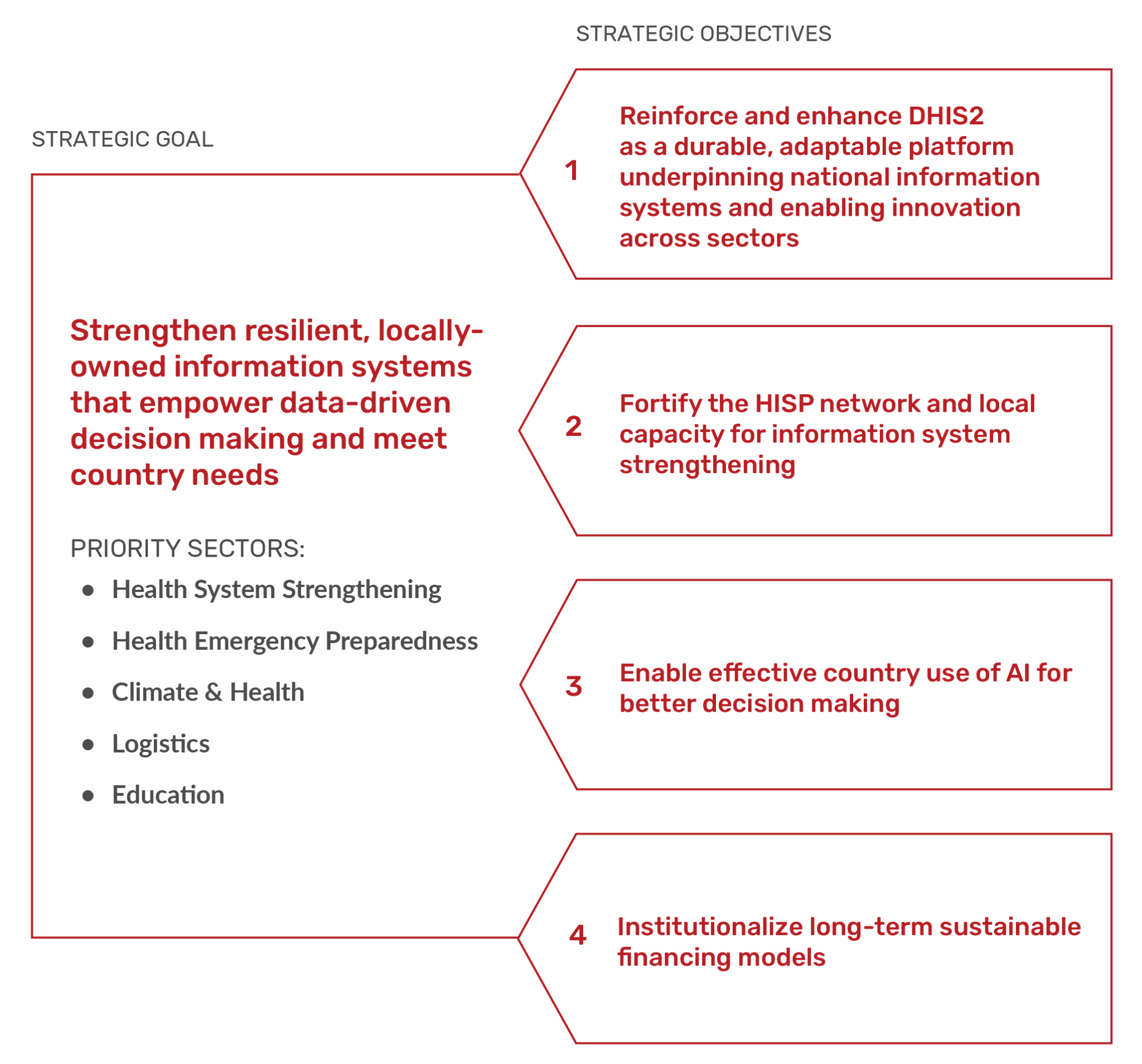Leveraging DHIS2 for mpox response
The HISP network is helping countries adapt existing digital disease surveillance and immunization systems to support effective mpox response, while the HISP Centre is collaborating with WHO and GAVI on standardized DHIS2 mpox tools.
On 14 August 2024, the WHO declared mpox (formerly known as “monkeypox”) a public health emergency of international concern due to the growing number of cases in the Democratic Republic of the Congo (DRC) and neighboring countries in Africa. In the following weeks, individual cases of mpox have been detected in Europe and Asia, which – following the outbreak of 2022-23, in which mpox spread to countries where no cases had previously been recorded – has raised concerns of a global outbreak of the disease.
The HISP Centre at University of Oslo and the global HISP network are already working to help countries leverage DHIS2 for effective mpox surveillance and response. In several of the 52 countries that already use DHIS2 for disease surveillance, local HISP groups are working with Ministries of Health to add mpox into these existing digital systems.
For example, in Uganda, where the Ministry of Health is on “high alert” for mpox, HISP Uganda configured mpox reporting for Uganda’s national-scale electronic Integrated Disease Surveillance and Response (eIDSR) system. Mpox is now part of the routine Alerts/Rumors management system, which means that anyone with a Ugandan-registered SIM card can send an alert by SMS to the Central/Regional/District Response teams on any suspected events of public health concern, which is then automatically registered in the eIDSR system. HISP Uganda also worked the Ministry of Health to integrate the Mpox Case Investigation Form into the DHIS2-based integrated Case-based Surveillance System (CBS) (part of the eIDSR), which is being used for triage and follow-up of reported suspected mpox cases.

In addition to Uganda, DHIS2 is already being adapted for mpox surveillance and response in Rwanda, while the DRC is actively working to deploy a DHIS2-based Electronic Immunization Registry (EIR) to support mpox cluster vaccination activities. In Norway, a digital solution for mpox surveillance is available to municipalities through a DHIS2-based platform offered by KS, the Norwegian Association of Local and Regional Authorities.
Meanwhile, the DHIS2 Health domain team at the HISP Centre is working with subject matter experts at WHO and Gavi to design an mpox update to existing DHIS2 IDSR and CBS toolkits that is aligned with best practices and reporting standards, based on interim guidance from WHO. This module will cover both aggregate and Tracker-based programs, and support integrating mpox surveillance and vaccination into existing systems. These tools and guidance will be shared on our website as soon as they are available.
For more information or support on using DHIS2 for mpox response, contact us at mpox@dhis2.org


